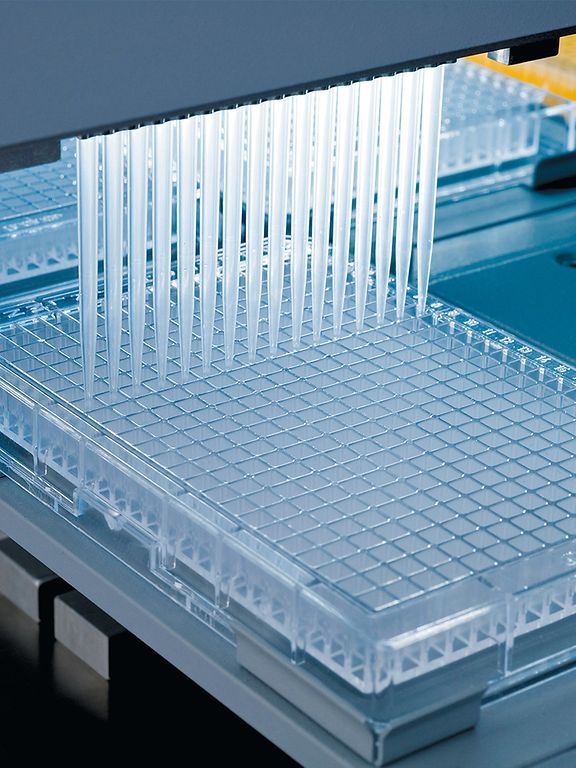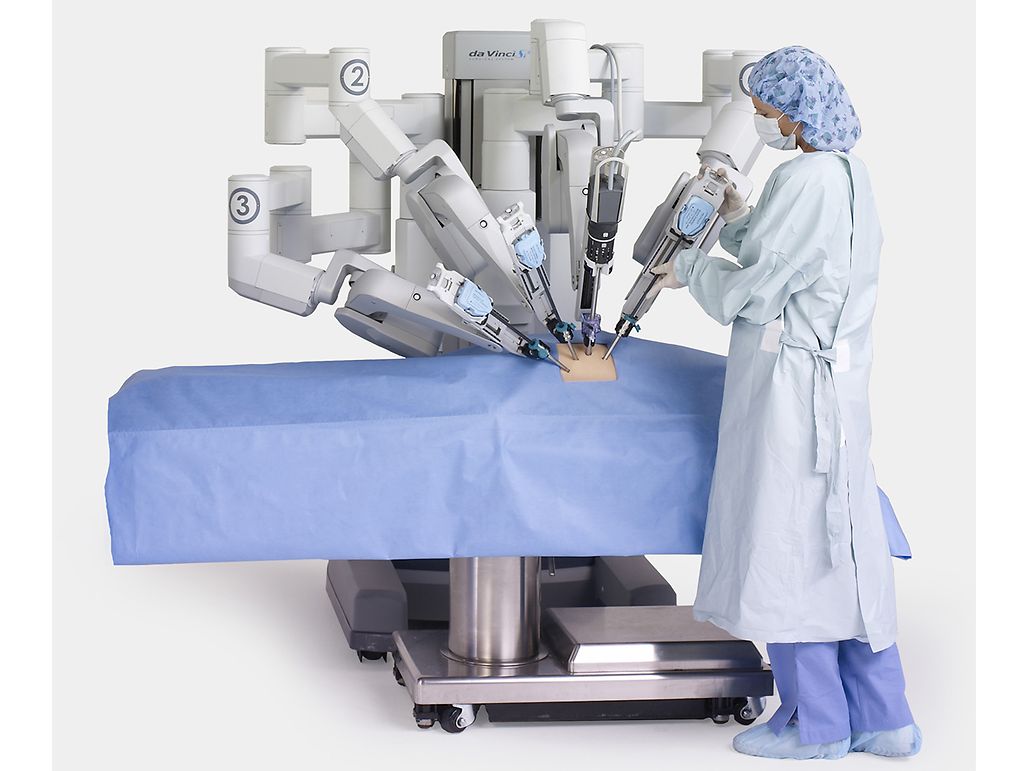maxon Story
A decade of technological revolutions.


We talk to Virginie Mialane, our market manager for France Medical, who explains the changes over the last 10 years in the field of motorized medical devices by means of several examples of important applications.
What is the impact of in vitro diagnostics in the medical industry today?
In vitro diagnostics is an essential link in the healthcare chain. Not only is it used throughout the whole of a person’s life, it is also applied at all stages of a patient’s illness, as it enables prevention, prognosis, diagnosis, monitoring, and management of a disease. Consequently, more than three quarters of medical decisions involve at least one in vitro diagnostic test.
Diagnostics has benefited over the last ten years from advances in laboratory science (reagents) but also in laboratory instruments. Public sector reform has led to the creation of large, versatile technical platforms. Technological advances in instruments have been part of this development, allowing full automation and increased sample throughput, greater versatility of the tests performed, and more accurate results, with higher reliability.
What are the technologies that are assisting this development?
Thanks to DC motors coupled to encoders and controlled by servo control boards, movements are now corrected for position in near-real time, and speed cycles can be adapted to the insertion of blood collection tubes in a synchronized manner, without interrupting the continuous flow of the ongoing analysis.
DC motors have often been used in the automation of laboratory machines for in vitro diagnostics. Stepper motors, of the hybrid or permanent magnet types, have also been highly favored in recent years for their robustness and open-loop operation.
A revolution for patients?
In vitro diagnostic instruments have evolved in response to the shift toward ambulatory, "point-of-care" testing and analysis. At the heart of this evolution, patients are now taking an active role in their own health, seeking to learn more about both health in general and their own disease in particular. Point-of-care testing, or testing at the patient’s bedside, has become more widely available in recent months. It will expand in future to include many therapeutic diagnoses, turning current processes for patient treatment and care upside down. Mechatronics is assisting this emergence of mobile machines by supplying the market with mechatronic drives and systems that are geared toward modularity and reliability.
Medical robotics has also become crucial in this area. What are the implications of that?
Medical robotics, at the crossroads of scientific and technical progress, has revolutionized the medical field and has seen extraordinary growth in the last 10 years. Initially identified as a necessity in the industrial sector for its capacity for repeatability and precision, robotics has been adapted to medical applications to meet very specific needs, almost always focusing on surgery.
The miniaturization of these robots has been essential to allow their integration into an operating room. Here, unlike industrial robots, they have to reproduce motions very close to the surgeon’s actions, rather than enabling rapid execution of one action repeated indefinitely. Every disease requires its own very specific functional approach, so these robots are specialized in precise therapeutic areas of the human body: neurosurgery, spinal surgery, hip or knee surgery, abdominal surgery, etc.
Minimally invasive surgery, remote surgery: Surgical assistance by a robot has become more and more widespread in recent years, and is now an indispensable interface between the patient and the surgeon, who remains in full control of the surgical procedure. This exciting development has been made possible by the miniaturization of motors, the optimization of design in terms of performance and vibrations, and progress in microelectronics involving high-resolution encoders to improve motor control and achieve precise and fluid motions.
Miniaturizing motors for greater precision?
In the case of eye surgery, for example, the retinal membrane at the back of the eye, which measures less than one hundredth of a millimeter, can be manipulated with an instrument entering through a tiny hole less than 1 mm in diameter.
Today – often coupled with imaging technologies that help plan the action and refine the field of view – robotic platforms execute the motions of the surgeon with no tremors or imperfections.
Our experts in motorized medical device are at your disposal to take your plans further.
For nearly 30 years, we have been designing, developing, and producing complete mechatronic systems for the medical industry, from in vitro diagnostic instruments to active implantable medical devices.
Our mechatronic designs for medical devices are highly advanced technological solutions to your requirements for miniaturization and low weight, resistance to sterilization processes, operation at very high speeds, long life, and above all reliability.
